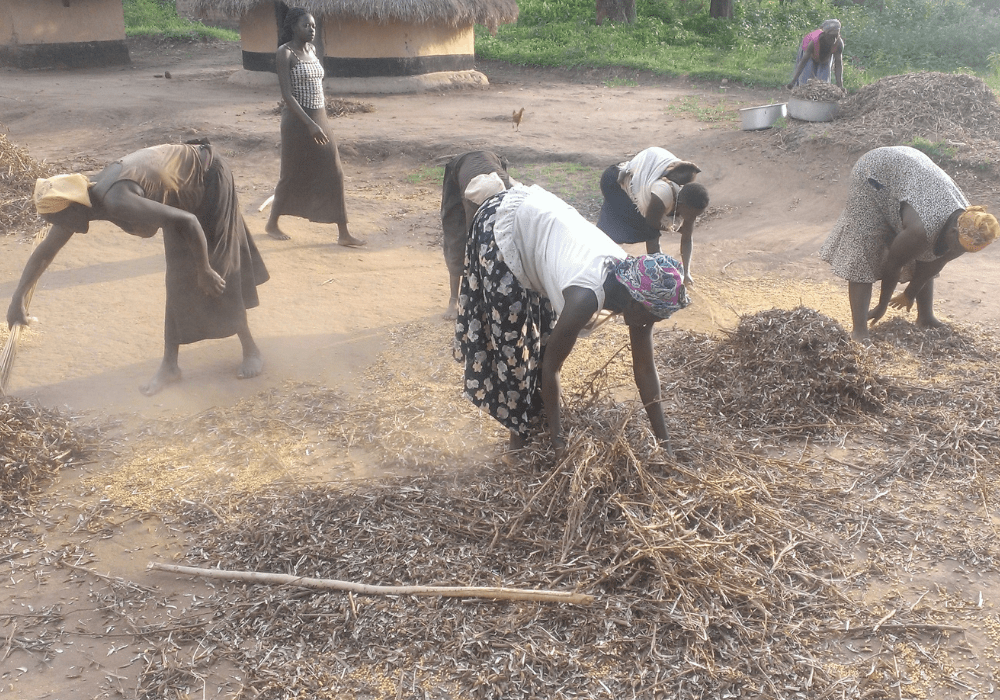
A historic drought continues to affect millions in the greater Horn of Africa, which includes Ethiopia, Kenya, and Sudan. In light of the dire conditions, the World Health Organization (WHO) is preparing for the expected increase in healthcare demand as the lack of access to food and water takes a toll on the population.
Along with political instability, the COVID-19 pandemic, and increases in food prices, the drought has created an alarming situation in which millions are being displaced in search of sustenance. Malnutrition is a very serious concern, especially among children, who are more vulnerable to the effects of nutritional deficiencies.
Displacement of this magnitude also comes with poor sanitation, leading to the increased spread of cholera, yellow fever, malaria, and more infectious diseases. The combination of malnutrition and infectious disease can be lethal for children, the elderly, pregnant women, and other vulnerable groups.
WHO has launched an emergency response plan to work with local and international organizations to increase the distribution and administration of vaccines, monitor potential disease outbreaks, ensure maternal and child healthcare services, and improve access to nutrition services, among many other essential services.
By Sarah Ortega
